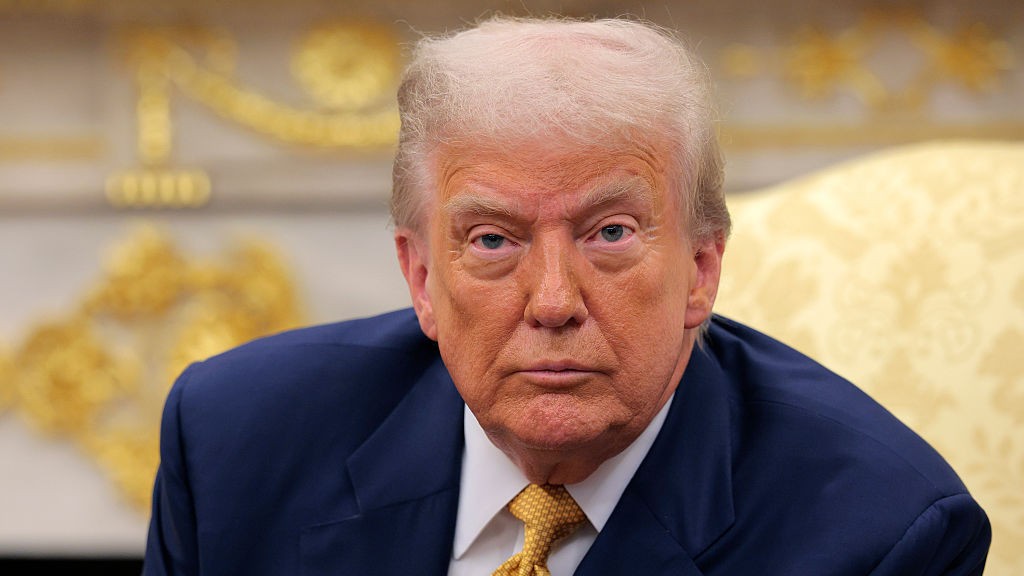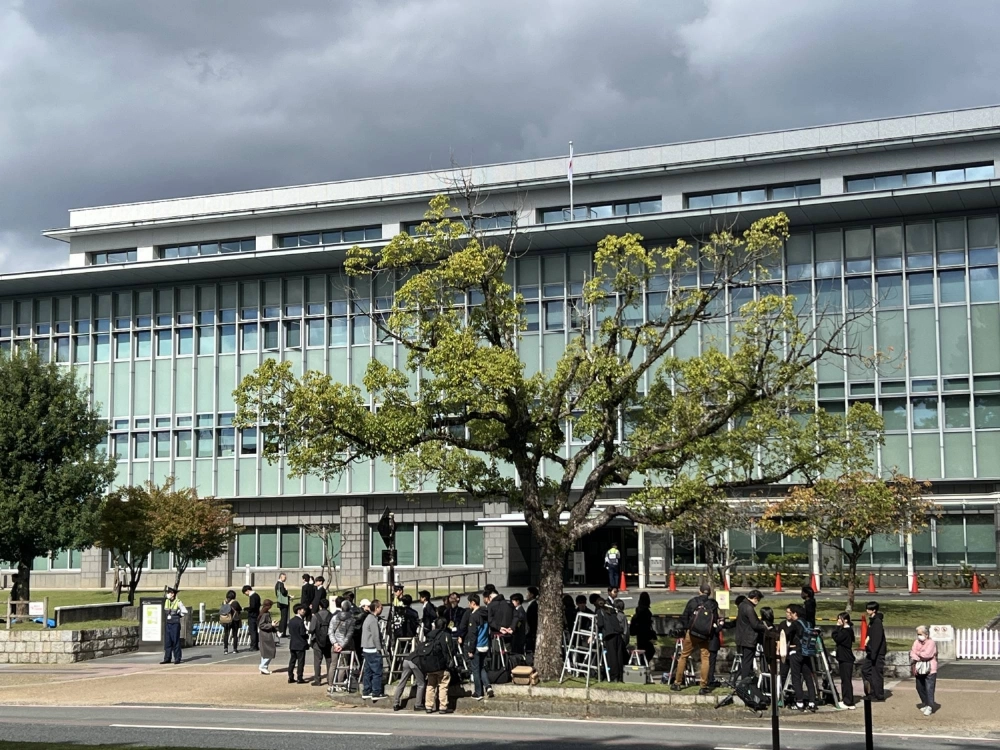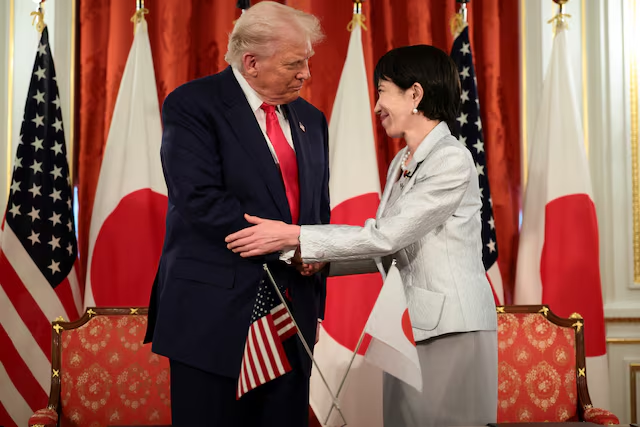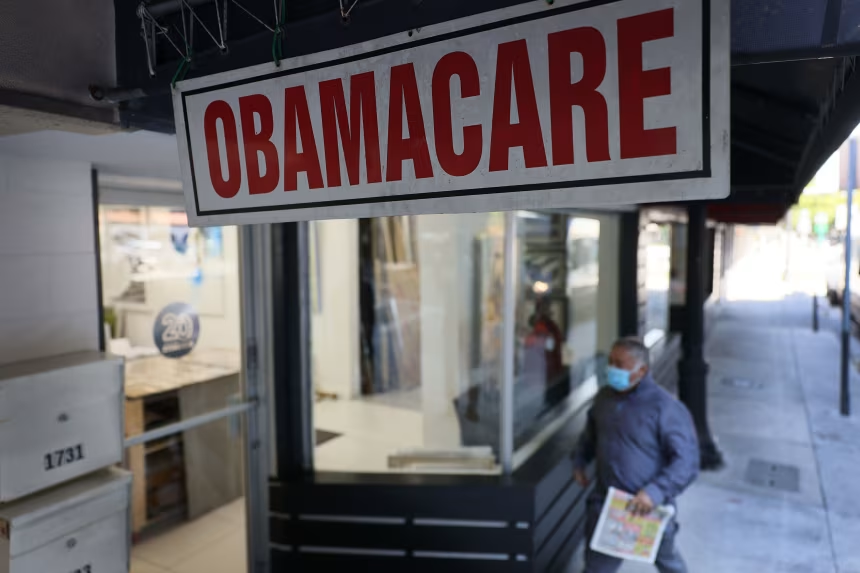Trump’s Tariff Blitz Takes Effect Amid Rising Economic Tensions
August 7, 2025
A sweeping new round of tariffs introduced by former President Donald Trump has officially taken effect, drawing swift reaction from economists, global leaders, and domestic industries as the U.S. economy begins to show early signs of strain.
The tariffs, which now apply to imports from over 60 countries, range from 10% to a staggering 100%. Major global trade partners—including the European Union, Japan, South Korea, Taiwan, and India—are among those hit hardest. India faces additional levies on its oil sector, a move widely interpreted as a response to its continued energy trade with Russia.
Economic Warning Signs Surface
Even before the tariffs were implemented, economic indicators had begun flashing yellow. Inflation remains stubbornly high, job creation is slowing, and consumer demand appears to be softening. Housing prices, particularly in coastal cities, have started to fall as borrowing costs remain elevated.
Economists warn that the new tariffs could exacerbate these issues by raising the prices of imported goods, squeezing household budgets, and reducing business profitability. Small- and medium-sized manufacturers that rely on imported components are particularly vulnerable.
Stock Market Reaction and Investor Optimism
Despite the potential for turbulence, financial markets responded with cautious optimism. Stock indices saw modest gains, largely attributed to strong corporate earnings and growing expectations that the Federal Reserve may begin cutting interest rates in the near future.
Still, market analysts remain divided. While some see the tariff policy as a catalyst for reshoring American manufacturing, others view it as a long-term drag on competitiveness, particularly if retaliation from trade partners intensifies.
Trade Deficit Shrinks, But at a Cost
One measurable effect of the new policy has been a notable reduction in the U.S. trade deficit, which has fallen to a two-year low. However, this shift is largely due to a decline in imports rather than a surge in exports, suggesting that domestic consumption may be cooling—a trend that, if sustained, could signal broader economic slowdown.
Political and Global Reactions
The tariff move has rekindled debates over trade policy in Washington. Supporters argue it protects American jobs and industries, while critics warn of rising costs for consumers and growing diplomatic isolation. Several allied nations have already hinted at potential countermeasures, while global business leaders voice concern about supply chain disruptions.
At home, businesses large and small are bracing for uncertainty. Retailers fear price hikes could suppress consumer spending during the critical holiday season, while industrial sectors worry about access to key materials.
Looking Ahead
With the full impact of the tariffs yet to play out, economists caution that the coming months will be critical. Key questions remain: Will inflation worsen? How will American exporters fare under potential retaliatory tariffs? And can the economy withstand the pressure without tipping into recession?
For now, Trump’s tariff strategy has shifted the landscape of U.S. trade and economic policy once again—this time at a moment when the country’s economic resilience may be tested more than ever.
Is this helpful so far?
















Leave a Reply